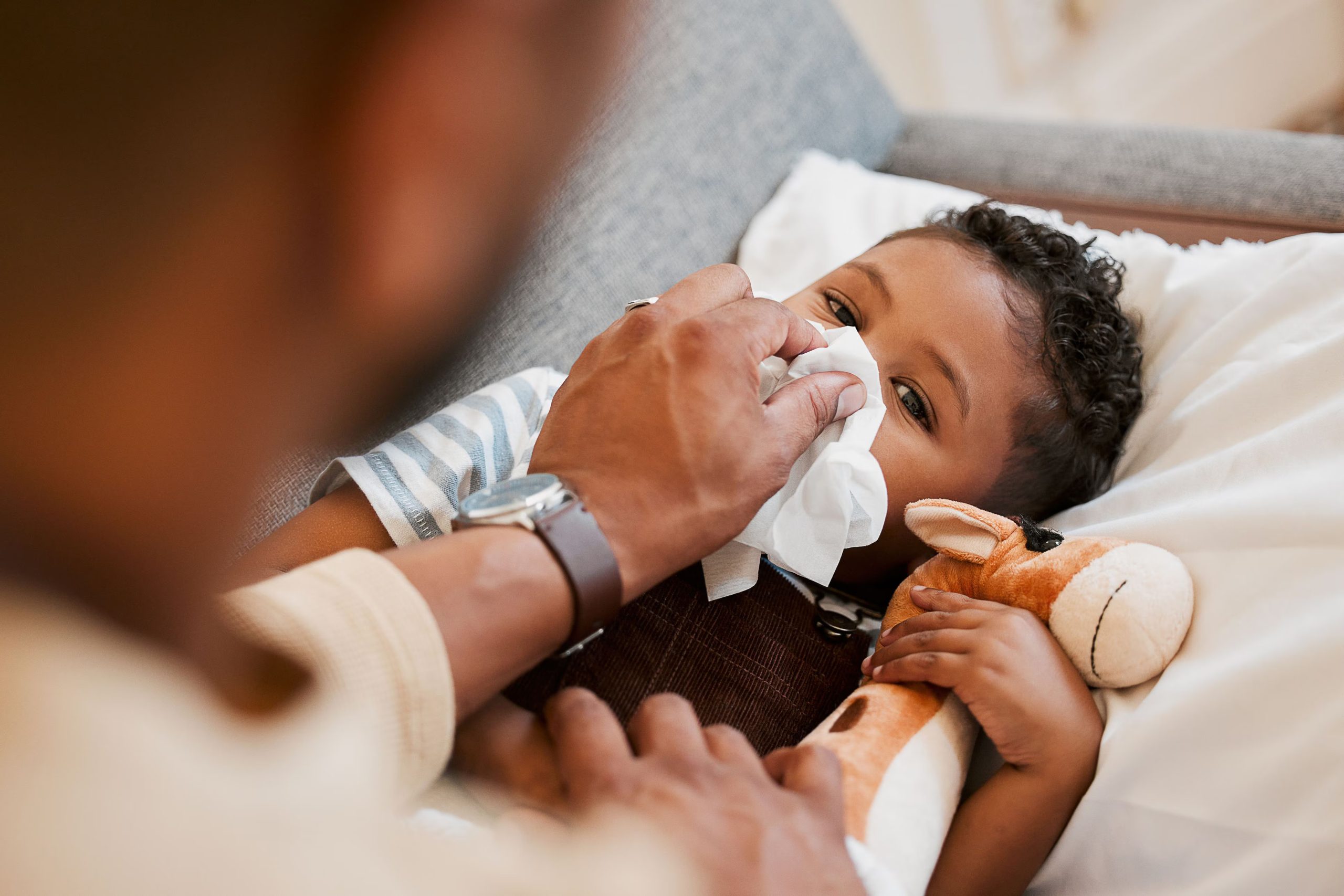Walking pneumonia, a milder form of pneumonia primarily caused by Mycoplasma pneumoniae bacteria, has seen a resurgence following a decline during the COVID-19 pandemic. Health officials are particularly concerned about the significant rise in cases among children. This bacterial infection, which causes about 2 million cases annually in the U.S., often goes unreported due to mild symptoms that don’t always prompt medical visits and the lack of a nationwide reporting system. Recent CDC data highlights an alarming increase, particularly among children aged 2–17, with rates climbing sharply between April and October.
The increase in walking pneumonia cases is partly attributed to the easing of pandemic-era restrictions, which led to increased social interactions. Young children are most affected, as their immunity was underdeveloped during the lockdowns and social distancing measures. Dr. Thomas Russo explains that as people began resuming normal activities, infections naturally spiked. Additionally, the mild symptoms of walking pneumonia often lead individuals to continue daily activities, unknowingly spreading the bacteria. Crowded environments and close contact among children exacerbate transmission.
Walking pneumonia, while typically mild, can occasionally lead to serious complications such as severe pneumonia, asthma exacerbation, and encephalitis. Approximately 5%-7% of cases result in these severe outcomes. Such risks prompted health departments to issue alerts urging healthcare providers to monitor and report clusters of cases. Preventative advice includes promoting healthy habits like handwashing and cough etiquette. Experts emphasize that controlling the spread of the infection is critical to reducing the occurrence of severe complications, particularly in vulnerable populations.

The socioeconomic impact of the resurgence is significant. Lower-income families face greater challenges in accessing healthcare, which can delay diagnosis and treatment. Dr. Ogbonnaya Omenka highlights how financial constraints can hinder parents from seeking care for children or adhering to public health guidelines. This disparity mirrors patterns seen in other health crises, with preexisting inequalities shaping the burden of disease. For low-income families, barriers such as lack of insurance and inability to take time off work further amplify the impact of walking pneumonia outbreaks.
Walking pneumonia spreads through respiratory droplets and presents symptoms such as fever, cough, sore throat, and chronic breathing issues. While antibiotics can treat the disease, there is no vaccine due to its typically mild nature and low mortality rate. Preventative measures like frequent handwashing, avoiding smoking, and staying updated on other respiratory vaccines are recommended. Public health professionals stress the importance of monitoring disease patterns, as shifts may indicate broader health concerns.
Vaccines for COVID-19, RSV, and flu do not directly prevent Mycoplasma pneumoniae infections but can mitigate complications and co-infections. Experts urge individuals to stay current on these vaccinations, especially during the holiday season when respiratory illnesses tend to rise. These proactive measures can help manage the broader impacts of walking pneumonia and protect public health more effectively.
